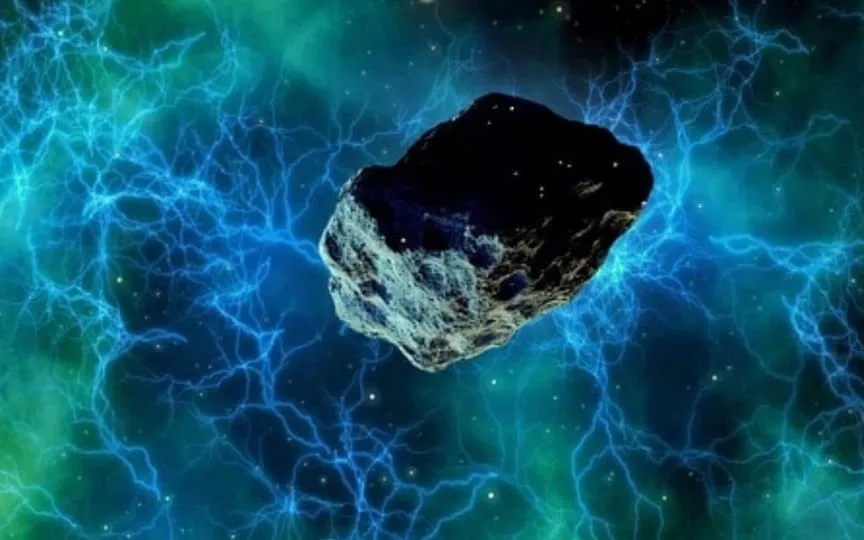NASA Data Indicates 68-Foot Apollo Group Asteroid to Make Close Earth Approach Today
NASA is on the brink of accomplishing a historic mission after a long wait. On September 24, the OSIRIS-REx spacecraft will deliver the first-ever asteroid sample to the United States, covering a distance of nearly 7 billion kilometers. The sample originates from an asteroid called Bennu, which poses a 1 in 2700 chance of colliding with Earth between 2175 and 2195. Over a span of two years, the NASA spacecraft has thoroughly examined the asteroid and collected a sample of its material from the surface. Additionally, the spacecraft has been investigating the impact of sunlight absorbed and re-emitted by Bennu on its orbit, potentially making it more hazardous for Earth.
Additionally, NASA has also revealed details of another asteroid that will pass the planet at close range. Is there a possibility of influence? Know the details.
When will this asteroid pass Earth?
According to data released by NASA’s Center for Near-Earth Object Studies (CNEOS), the asteroid named Asteroid 2023 RO1 is approaching Earth at a frightening speed and is expected to make its closest approach to the planet today, September 12.
How fast does it go?
NASA has revealed that this space rock is currently heading towards Earth at a speed of 44671 kilometers per hour. It comes up to 2.5 million kilometers from the planet’s surface. Although this distance may seem large, it is a relatively small amount in astronomical distances considering the size of the asteroid.
How big is it?
NASA estimates it to be about 68 feet wide, making it almost the size of an airplane! It belongs to Apollo’s group of Near-Earth Asteroids, which are Earth-passing space rocks with semi-major axes larger than Earth’s. These asteroids are named after the huge 1862 Apollo asteroid discovered by German astronomer Karl Reinmuth in the 1930s.
Although this asteroid has passed Earth before, this is its first close approach to the planet. The next time it will approach Earth is on March 20, 2029, when it will pass at a distance of 7.2 million kilometers.




